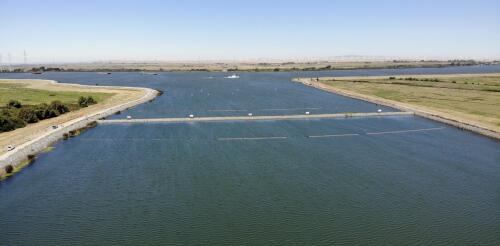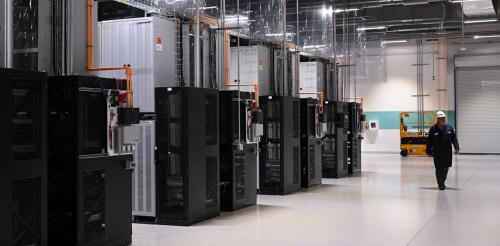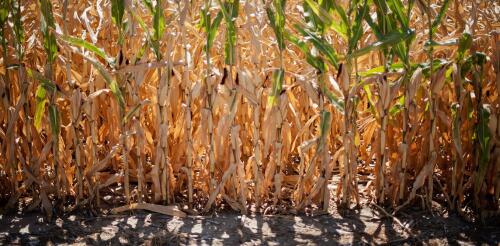Significant Terms
Recent reports that the H5N1 avian flu virus has been found in cow’s milk have raised questions about whether the U.S. milk supply is safe to drink. According to the federal Food and Drug Administration, the answer is yes, as long as the milk is pasteurized. Nonetheless, raw (unpasteurized) milk sales are up, despite health experts’ warning that raw milk could contain high levels of the virus, along with many other pathogens. As an extension food scientist in a state where raw milk sales are legal, I provide technical support to help processors produce high-quality, safe dairy foods. I also like to help people understand the confusing world of pasteurization methods on their milk labels, and why experts strongly discourage consuming raw milk and products made from it. What can make milk unsafe Dairy products, like many foods, have inherent risks that can cause a variety of illnesses and even death. Our milk comes from animals that graze outdoors and live in bar...
It’s become common to read that microplastics – little bits of plastic, smaller than a pencil eraser – are turning up everywhere and in everything, including the ocean, farmland, food and human bodies. Now a new term is gaining attention: nanoplastics. These particles are even tinier than microplastics – so small that they’re invisible to the naked eye. Nanoplastics are a type of microplastic, distinguished by their extremely small size. Microplastics are usually less than 5 millimeters across; nanoplastics are between 1 and 1,000 nanometers across. For comparison, an average human hair is roughly 80,000-100,000 nanometers wide. Nanoplastics are attracting growing concern thanks to recent technological advances that have made researchers more able to detect and analyze them. Their smaller size means that they are more easily transported over long distances and into more diverse environments than microplastics. They can more easily penetrate cells a...
Seawater intrusion is the movement of saline water from the ocean or estuaries into freshwater systems. The seawater that has crept up the Mississippi River in the summer and early fall of 2023 is a reminder that coastal communities teeter in a fragile land-sea balance. Fresh water is essential for drinking, irrigation and healthy ecosystems. When seawater moves inland, the salt it contains can wreak havoc on farmlands, ecosystems, lives and livelihoods. I am a coastal hydrogeologist and have studied water across the land-sea interface for 25 years. I think of seawater intrusion as being like a seesaw: The place where fresh water and salt water meet is the balance point between forces from land and forces from the sea. A push from the land side, such as heavy rainfall or high river flows, moves the balance point seaward. A push from the sea side – whether it’s sea-level rise, storm surge or high tides – moves the balance point landward. Droughts or heavy us...
After nearly two decades of stagnation, U.S. electricity demand is surging, driven by growing numbers of electric cars, data centers and air conditioners in a warming climate. But traditional power plants that generate electricity from coal, natural gas or nuclear energy are retiring faster than new ones are being built in this country. Most new supply is coming from wind and solar farms, whose output varies with the weather. That’s left power companies seeking new ways to balance supply and demand. One option they’re turning to is virtual power plants. These aren’t massive facilities generating electricity at a single site. Rather, they are aggregations of electricity producers, consumers and storers – collectively known as distributed energy resources – that grid managers can call on as needed. Some of these sources, such as batteries, may deliver stored electric power. Others may be big electricity consumers, such as factories, whose owners ha...
Many people are familiar with flash floods – torrents that develop quickly after heavy rainfall. But there’s also such a thing as a flash drought, and these sudden, extreme dry spells are becoming a big concern for farmers and water utilities. Flash droughts start and intensify quickly, over periods of weeks to months, compared to years or decades for conventional droughts. Still, they can cause substantial economic damage, since communities have less time to prepare for the impacts of a rapidly evolving drought. In 2017, a flash drought in Montana and the Dakotas damaged crops and grasses that served as forage for cattle, causing US$2.6 billion in agricultural losses. Flash droughts also can increase wildfire risks, cause public water supply shortages and reduce stream flow, which harms fish and other aquatic life. A developing flash drought in the central U.S. covered 64% of corn territory and 57% of soybean territory in la...




